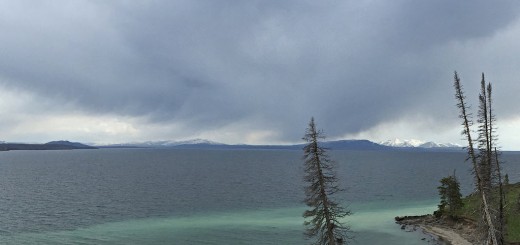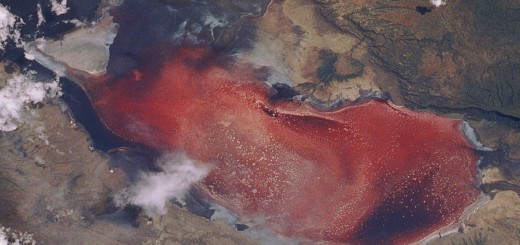“Fire Ice” Supports Life in Lake Baikal
0
Icy Lake Baikal. (Credit: Pavelblazek via Wikimedia Commons)
Lake Baikal sits in the heart of Siberia so it’s not much of a surprise that it’s frozen over. The world’s deepest and oldest lake is used to the cold.
Long a frontier for energy industry explorers, its lakebed sometimes bubbles out methane – a highly potent greenhouse gas. Some of the bubbles freeze, which means part of Baikal’s ice isn’t ice at all.

Methane hydrates in the ice at Lake Baikal. (Credit: University of Ghent via United Nations Environmental Programme)
What appears to be common white ice sections in parts of the lake’s solid surface are actually frozen methane hydrates – compounds formed when the gas is trapped in a crystal structure of water. Sometimes called “fire ice,” methane hydrates can be burned.
Energy-strapped nations like Japan have harvested the hydrates that are most commonly found in deep-sea locations. Interestingly, there are creatures that survive in them: methane ice worms.

An aggregation of methane ice worms inhabiting a white methane hydrate seen in the Gulf of Mexico. (Credit: NOAA Okeanos Explorer Program)
The worms can’t live on methane itself, but instead feed on bacteria that are capable of metabolizing the gas. Fire ice













